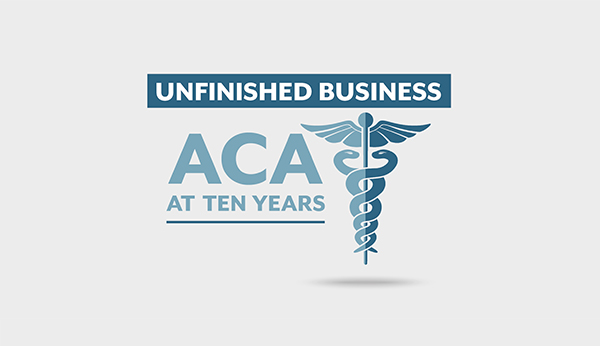
ACA at 10 Years: Emphasizing Prevention
Health insurance alone is not enough to improve health outcomes, but it does play a crucial role in helping people access providers and treat conditions before they become complex and costly. Under the ACA, health insurance must cover certain preventive health services, such as blood pressure screenings or vaccinations, at no cost to patients. These services are proven to promote health and save lives.
But are Coloradans healthier today than they were 10 years ago, before the ACA established these requirements?
In some ways, Colorado is on the right track. Preventive care visits are at an all-time high. Nearly three out of four Coloradans (74.0 percent) had a preventive visit with their general doctor in the past year, according to the 2019 Colorado Health Access Survey (CHAS). This is up from 65.5 percent in 2009, before coverage provisions of the ACA took effect. The increase from 2009 means that each year, over 650,000 more Coloradans are accessing care and more effectively managing their health outcomes.
It’s often thought that effective preventive care decreases visits to the emergency room, which can be costly and are often not the best way to address non-emergency issues, like symptoms from the common cold. This isn’t always the case. Despite increasing use of preventive care, the percentage of Coloradans who used the emergency room in the past year has not budged over the last decade. Additionally, Coloradans who had a preventive visit in the past year are more, not less, likely to have also used the emergency room than those who went without preventive care (22.0 percent compared to 14.4 percent).
For the consumer, both cost and convenience play a major role in deciding to go to the emergency room. Since more Coloradans now have health insurance, emergency room visits may be more affordable for many people — and this may be one of the factors that is sustaining utilization over time (see Figure 1).
Prevention advocates often highlight the financial savings this upstream approach can bring the health system, but evidence of overall savings is mixed. However, effective preventive care can lead to better health outcomes and better quality of life — improvements that don’t carry a price tag. That’s why policymakers prioritize prevention in the first place. Future arguments for increased investment in preventive care by policymakers and providers should be rooted in improving health outcomes, not only the potential for cost savings alone.
Ten years after the ACA, Colorado policymakers are still focusing on preserving and expanding access to preventive care through policy. In 2020, lawmakers introduced Senate Bill 156, which would formally record the ACA’s preventive services into Colorado law and add services, such as screenings for sexually transmitted infections, to the list of benefits Colorado insurers must cover at no cost for patients. Colorado’s efforts are in contrast to Trump administration’s attempts to roll back the ACA’s preventive care requirements for insurers, such as expanding access to short-term insurance or “skinny” plans that do not have to cover essential health benefits as ACA plans do.
Next week, CHI takes a closer look at how the ACA tries to protect consumers from high health care costs and measures its success in Colorado.


